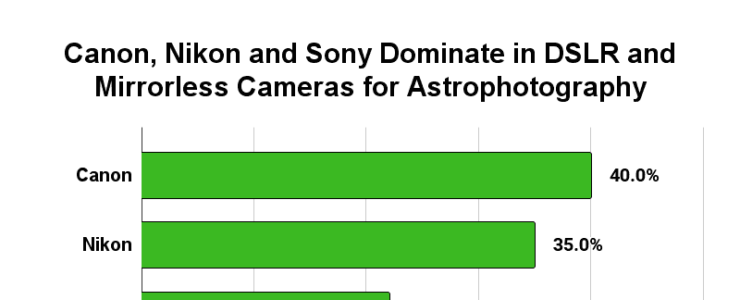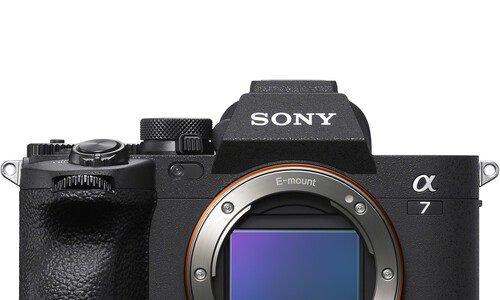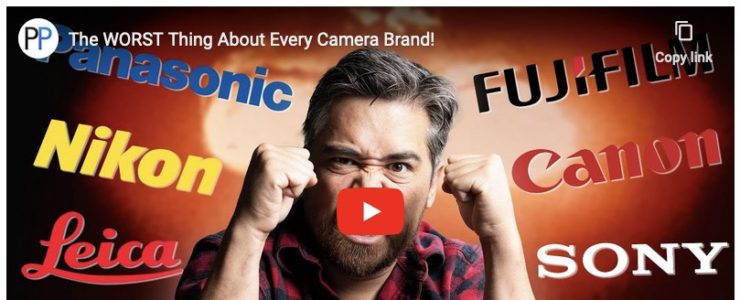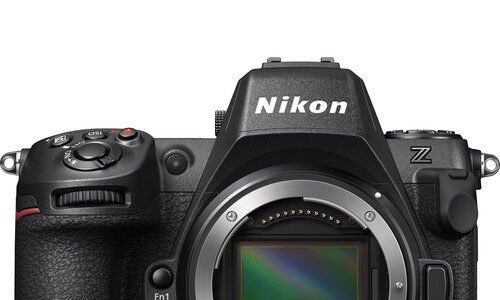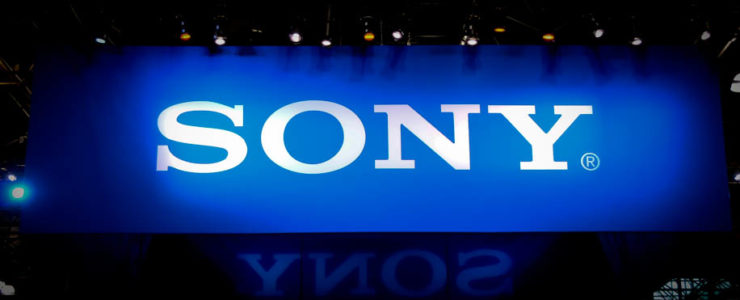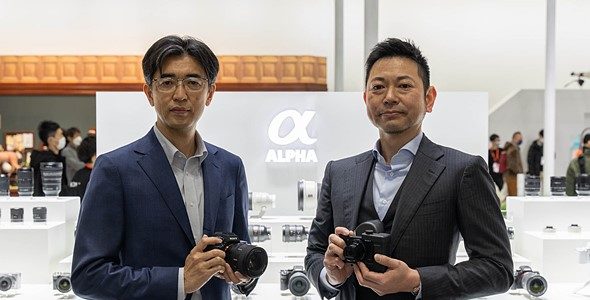Canon Rules The Astrophotography Universe (pun intended)
Yes they do: Canon is the most used camera gear in astrophotography (see image on top). That’s what came out from a recent research.
The folks at Skies & Scopes analyzed 828 images listed for the Astronomy Photographer of the Year competition in the past six years to learn what equipment was used:
- 315 Landscape Astrophotography images (including aurora)
- 284 Deep Sky images (galaxies, nebulae, etc)
- 229 Planetary images (including solar and lunar)
Here is a short list of their findings:
- The trend towards mirrorless camera use increases every year – 58% Mirrorless vs 42% DSLR in 2023
- Full-frame sensor DSLR and mirrorless models are overwhelmingly favored – 87% full-frame vs 13% APS-C
- The most successful models are:
- Canon EOS 6D
- Canon EOS 5D Mark IV
- Nikon D850
- Nikon D750
- Nikon D810A
- Nikon Z6 II
- Sony A7 III
- Sony A7R III
- Camera Lenses
- Sigma is the top lens maker
- 14mm f/2.8 and 14mm f/1.8 lenses are the most used for landscape astrophotography
Get the story and more information at Skies & Scopes.

